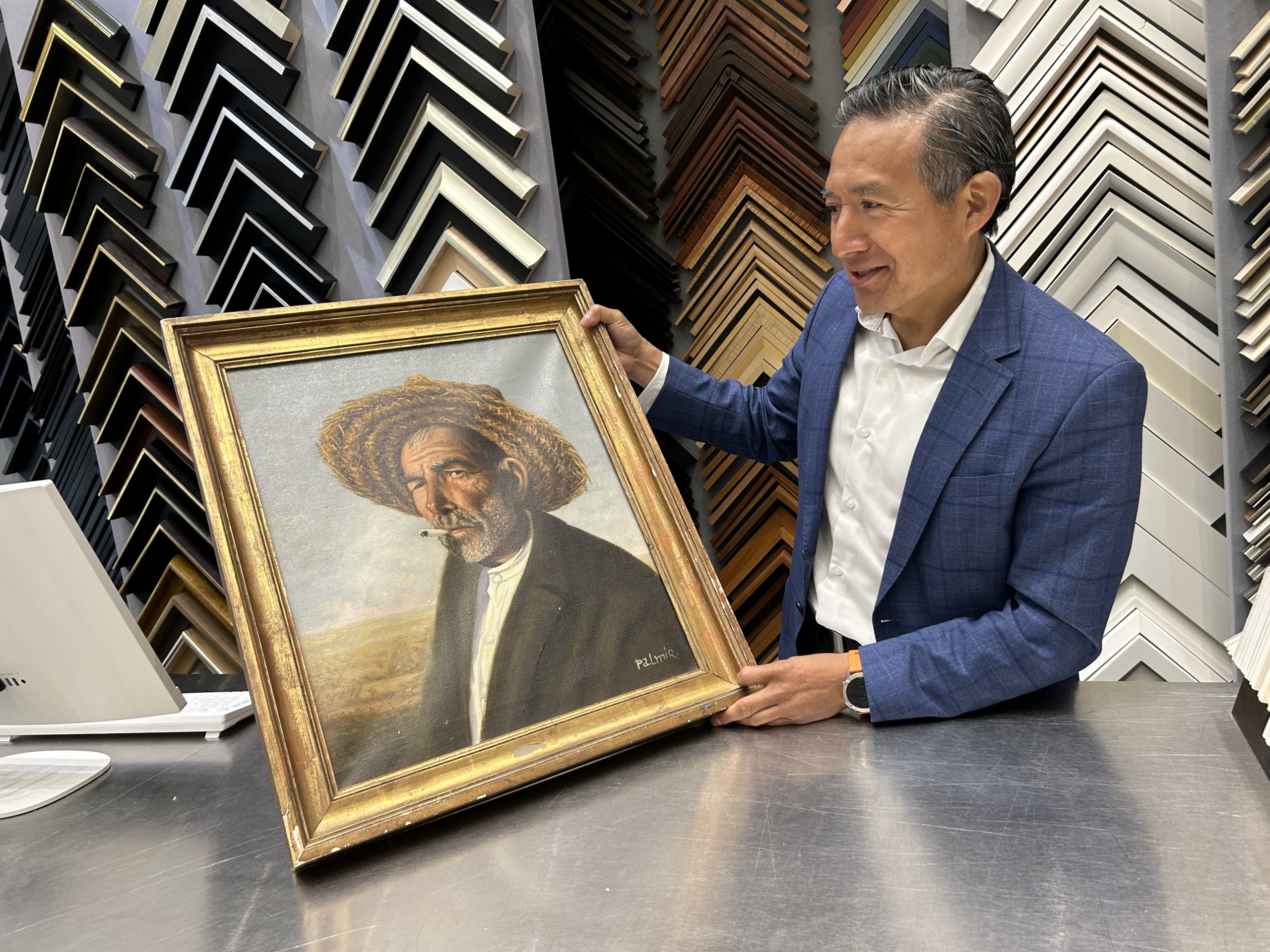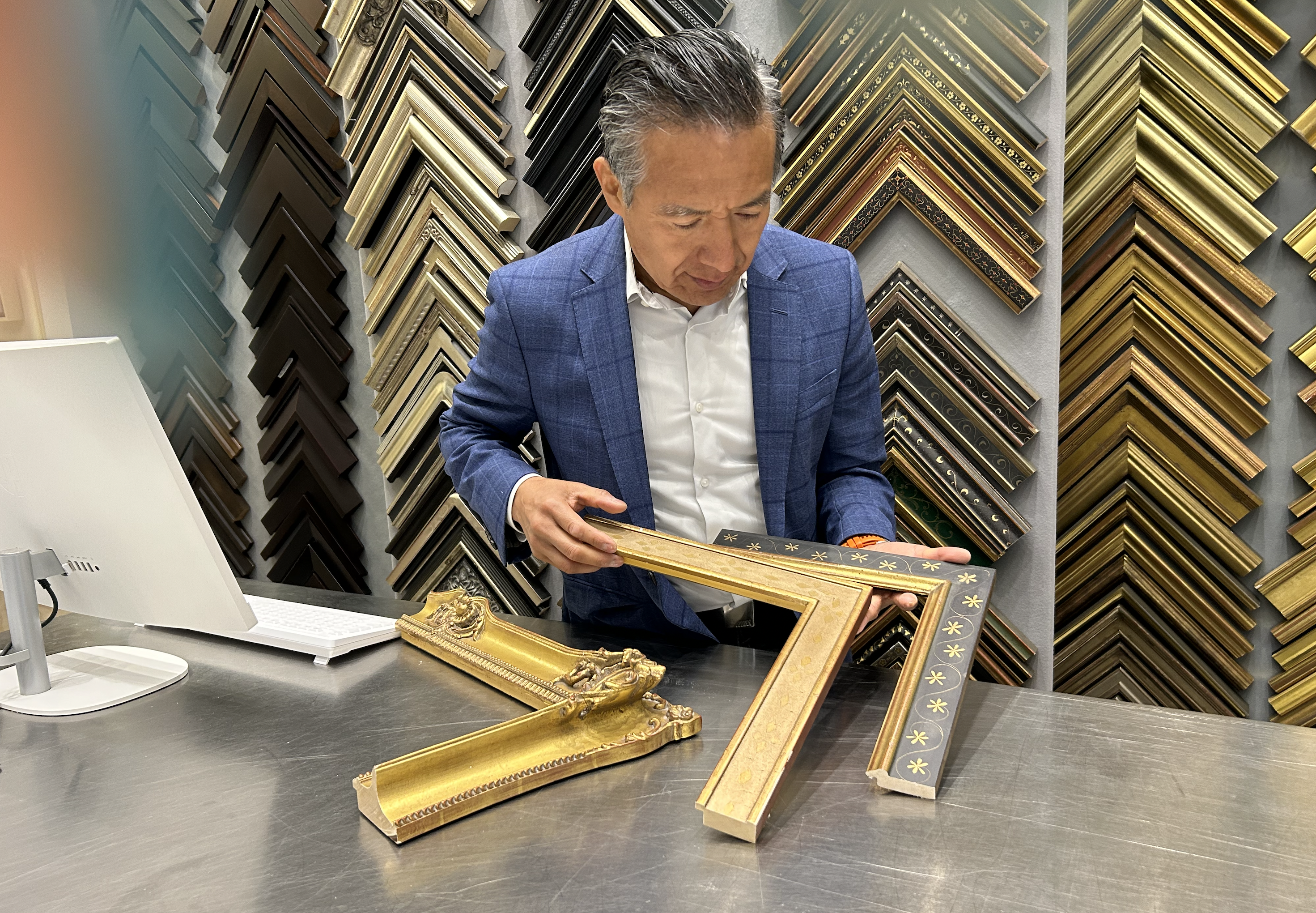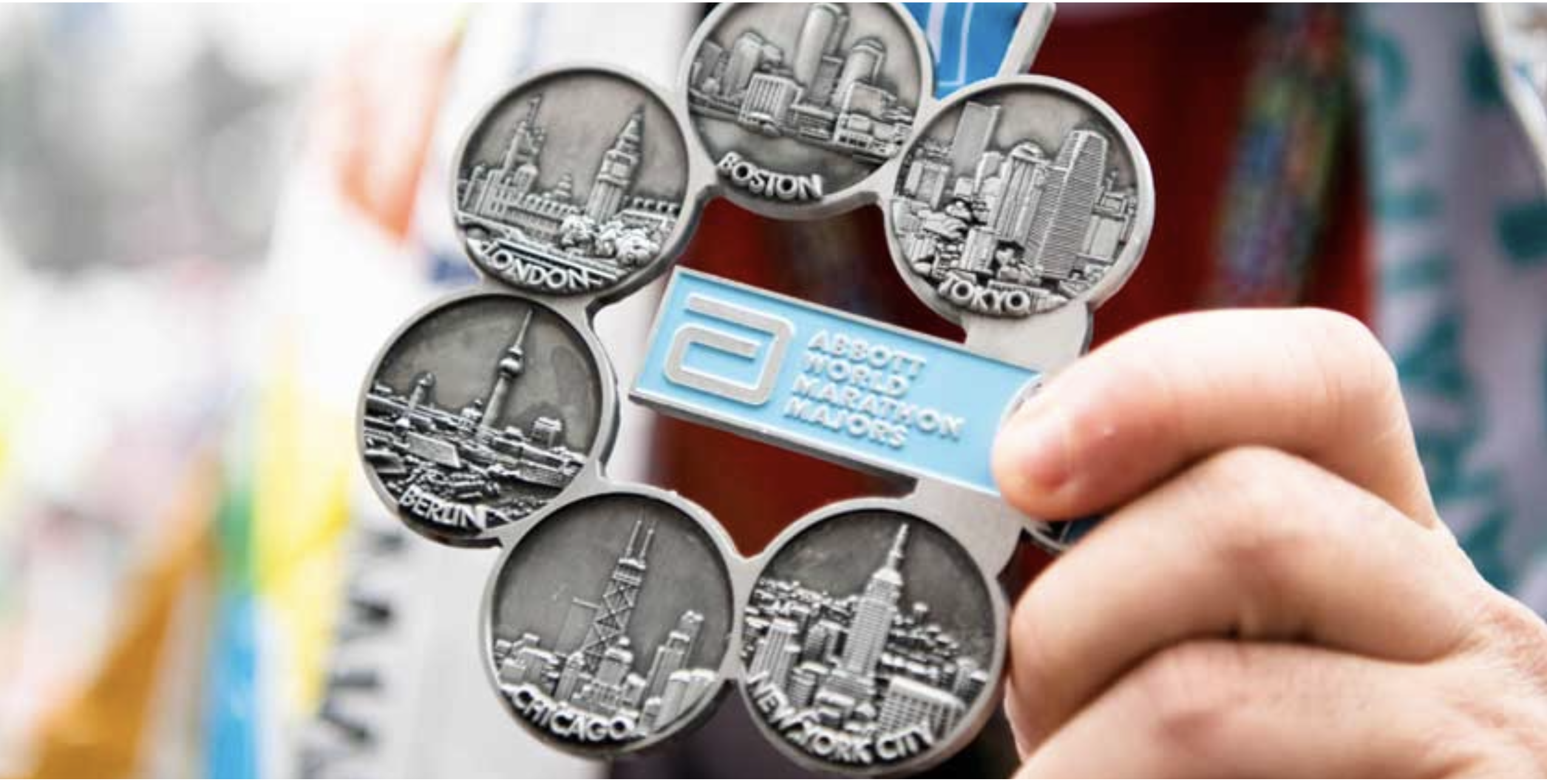
Ancient Romans often believed in a genius loci (jee-nyuhs low-kigh), the presiding deity or spirit of a location. Today, it refers to the distinctive character or energy of a place. It is with that concept in mind that West Side Rag presents a monthly column called Upper West Sider of the Month. Every month, we will feature a person who embodies the unique spirit of the Upper West Side. We invite readers to nominate someone exceptional who fits that description and lives and/or works in the neighborhood. Please send nominations to info@westsiderag.com
By Andrea Sachs
Roberto Herrera was the second of ten children on a farm in San Miguel Tlaltepexi, in the hills of Puebla, Mexico – about as far away from framing original Picassos and Matisses as you can get. But even as a child, he had the feeling that so many people who come to New York City have: he wanted a different life. When he finally arrived here, his enormous drive and energy brought him professional success on the Upper West Side. It also motivates him as a runner, who now has finished 15 marathons.
For his unique blend of artistry and vigor, the Rag has named Herrera, the manager of Paris Frameworks, as March’s Upper West Sider of the Month. He has been with the UWS store for 25 years and lives a few blocks north of the neighborhood with his wife and two children. He routinely runs through the Upper West Side while most of us are still sleeping.
Herrera’s artistic ability was evident early in Mexico. “I drew quite often, mostly watercolors and pencil drawings,” he says. “I’ve done that throughout my life,” [but] as a child, I was a farmer,” he says. Roberto’s family grew corn, tomatoes, chili peppers, watermelons, and other fruit. He also took care of the farm’s cows and other livestock.
He had the feeling that so many people who come to
New York City have: he wanted a different life.
At 15, Herrera moved to Mexico City to live with relatives. “I wanted to study engineering. My parents agreed to let me go,” he says. But he found it difficult to study while also working 48 hours (the normal workweek). One of Roberto’s brothers had gone to the U.S., and when he returned to Mexico three years later, “to my surprise, [he had] made a lot of money compared to what I was making.”
So Herrera moved to New York City in 1990, where he worked in physically exhausting, low-paying jobs: busing tables, washing dishes, painting silk-screened T-shirts in a sweatshop. “My idea was to come to the States, save money, and then return to Mexico to continue my studies,” he says. But: “As an immigrant, you couldn’t get better jobs than working 12 or 13 hours a day, and getting half of the minimum wage.”
Then one day in 1991, opportunity came knocking. While job hunting in Soho, someone told him an art gallery was looking for a maintenance person. “I was interviewed by the manager and I said, ‘Yes, I can clean and I can paint and take care of all of that,'” says Herrera. “So, he hired me.”
Cleaning the gallery, which sold lithographs, photographs, and silk screens, changed Herrera’s life. “My boss treated me like a person,” he marvels, years later. “He was very understanding and concerned about the number of hours. I was accustomed to working 70 or 80 hours a week. He said, ‘No, no, no! You’ll work 40 hours.’”
For the first time, Roberto had a chance to exercise his creative muscles. “We used to send all our orders to another company for framing. I convinced him that we could do it ourselves.” Herrera studied carpentry and framing and turned the basement into a workshop. In a year’s time, he became the store’s production manager.
When the owner closed that store in 1997, one of his employees started Paris Frameworks a year later on Amsterdam Avenue between West 75th and 76th streets. Herrera is the manager there today. He became a U.S. citizen in 2001.

At Paris Frameworks, you can get a frame for your grandma’s photo for $200. You can also get a $30,000 frame for your genuine Fernand Léger painting, as one collector did. That gilded, hand-carved frame, which was six feet wide and nine feet tall, took seven months to build. It weighed 500 pounds and took six people to transport to the customer’s residence on the Upper East Side.
Make no mistake: Paris Frameworks is a pricey store. As a devotee and longtime customer, I can attest to that. They take framing to another level, where the perfectly matched, perfectly crafted frame becomes an extension of the artwork. There’s a reason that collectors and institutions like the New York Public Library bring their priceless artworks and documents to Herrera. He framed original letters of Abraham Lincoln for a collector, and worked on nearly 250-year-old copies of the Declaration of Independence for the library.
Herrera is startled at the notion that the store is expensive – given, he says, “the services we provide. I always give the following analogy: We sell furniture for the wall. We can frame anything from $200 to thousands of dollars. The price depends on the frame, the finish, and the components.” One of those services is to tell you honestly if you are making a mistake aesthetically. “It’s our obligation to say what we think and to explain the reason behind that.”
Herrera is just as dedicated and perfectionistic about marathons. He started running in 2017, when he was 48. Why then? “I always enjoyed sports,” he says. “I played soccer when I was younger. But I never considered myself disciplined enough to really get the best of me.” Finally, Herrera yielded to the urging of family members who run. Eureka! “I saw immediately an opportunity to finally become more disciplined that I ever had been.”

By 2019, he ran his personal-best New York City marathon in 3:26. (The average time of men finishing that race was 4:26 last year.) He shaved that even further down when he ran the Chicago Marathon in 2022 in 3:17. That low number qualified him to get into the extremely competitive upcoming Boston Marathon on April 15.
Herrera is currently in the midst of running the world’s six most elite marathons, having finished Berlin, Chicago, and NYC, with Boston coming up. That leaves London and Tokyo.
Herrera runs an average of eight miles a day, six days a week. (He takes a day off on Saturdays.) He says that he has “gotten hurt quite a few times,” with ankle sprains due to fatigue or not warming up properly. “It’s a learning process,” he says. “I’ve improved my posture. I’ve learned not to overtrain. I’ve learned to warm up properly, and I’ve learned to give it a rest when my body is not ready for the next race. I am more careful now.”
Despite these risks, Herrera commends marathons to runners who haven’t tried them: “It’s the best gift I could possibly give to my body. I feel stronger mentally, physically, emotionally. It helps me to deal with stress better, and I feel stronger in winter fighting off the flu.”
When Herrera finishes running the six major marathons, he will receive a coveted six-star medal. I have a feeling he’ll have it framed.
Subscribe to WSR’s free email newsletter here.









Wonderful! Grateful to have him in our community.
What a wonderful story. Thank you for sharing!
What an interesting story! I’ve lived on the Upper West Side for eight years now, but I learn something every time I read one of Andrea’s stories.
Thank you for this inspirational story.
I can attest they do beautiful work. Definitely pricey but very high quality. My friend Alan opened that store originally and then he moved to an Upper East Side location which no longer seems to be there.
That is a beautiful story!
As a 5 year Latin student, it is “gggggenus lokee” The “gh” sound does not exist in Latin and the “igh” sound is produced by the letters “ae,’
Shout out to Magistra Prenn for this lifelong info
Framing is so expensive already, might as well spend a bit more to have it done well, if you can afford it. The vintage poster on my wall cost twenty bucks, the frame closer to $200, but even if I had cheaped out, it would’ve been like $75, at least.
He is a real creative artist and a great guy. He did all the framing for us when we created our dream home during the height of the pandemic. He also magically cleaned some of our paintings making them look better than ever. Highly recommend!
I don’t know him, but after reading the story I feel privileged to have this man as a neighbor and provider of high quality service to our community.
Wonderful profile of an inspiring person and beautifully written. Thank you for publishing this story.
I’ve been a customer of Paris Framing for many years. I can’t praise them enough for their aesthetic input and the quality of the framing. Did not know this back story as I’ve not met Mr. Herrera. Thanks for bringing this inspiring story to your readers, and I hope Paris Framing remains in our neighborhood forever.
My eye often admires the frame before the work. A beautiful frame is a work of art in itself, and is an extension of the work within. A frame speaks of its subject and sets a mood. It’s wonderful this gentleman has found his place in this city and his place in the world of art. Kudos!